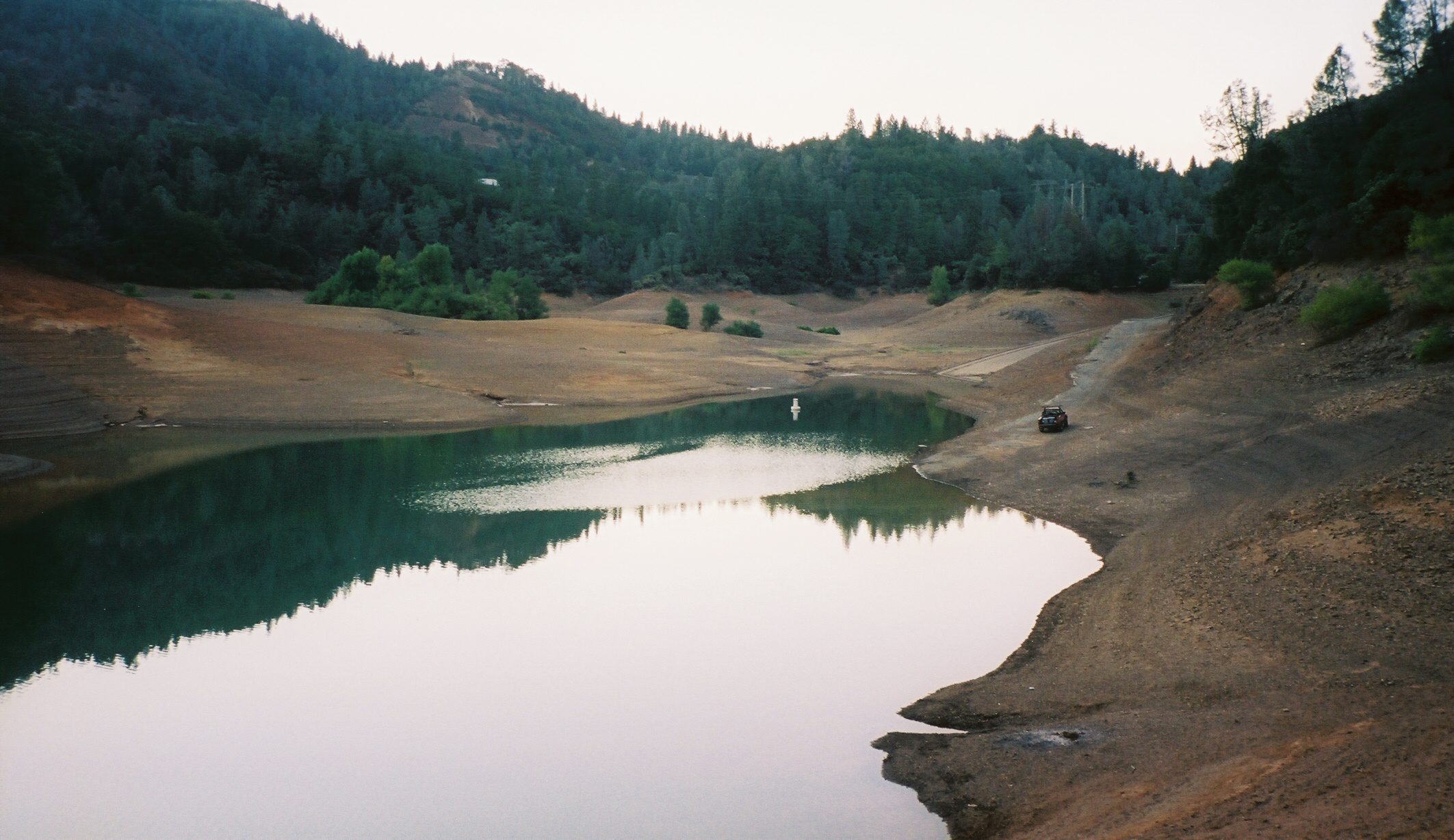Although the weather has cooled off and there has been precipitation, California’s reservoirs are still low. As of November 28, most of the reservoirs are below 50% capacity.
According to the State’s Department of Water Resources :
:
- Shasta is at 31% capacity;
- Oroville is at 28% capacity;
- New Bullards Bar is at 58% capacity;
- Folsom is at 26% capacity;
- Camanche is at 50% capacity;
- Trinity is at 22% capacity;
- New Melones is at 24% capacity;
- Don Pedro is at 50% capacity;
- Sonoma is at 26% capacity;
- San Luis is at 25% capacity;
- McClure is at 18% capacity;
- Cachuma is at 32% capacity;
- Casitas is at 28% capacity;
- Castaic is at 35% capacity;
- Diamond Valley is at 61% capacity;
- Millerton is at 58% capacity; and
- Pine Flat is at 17% capacity.
Except for Millerton which exceeds historic averages, the rest of the state’s reservoirs fall below average.
Because of La Nina, the National Oceanic and Atmospheric Administration (NOAA) predicts lower than average precipitation for parts of California this winter.
predicts lower than average precipitation for parts of California this winter.
According to the Public Policy Institute of California, average water use is roughly 50% environmental, 40% agricultural, and 10% urban. The amounts fluctuate across regions and between wet and dry years. The Institute reports that both urban and agricultural water consumption has gone down over the last two years.
average water use is roughly 50% environmental, 40% agricultural, and 10% urban. The amounts fluctuate across regions and between wet and dry years. The Institute reports that both urban and agricultural water consumption has gone down over the last two years.
Image description and credit:
Low levels of water in Lake Shasta within the Shasta-Trinity National Forest, California (2005). Bobjgalindo, Wikimedia Commons.
within the Shasta-Trinity National Forest, California (2005). Bobjgalindo, Wikimedia Commons.


Leave a Reply